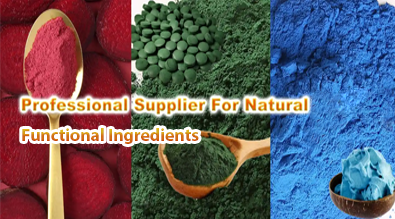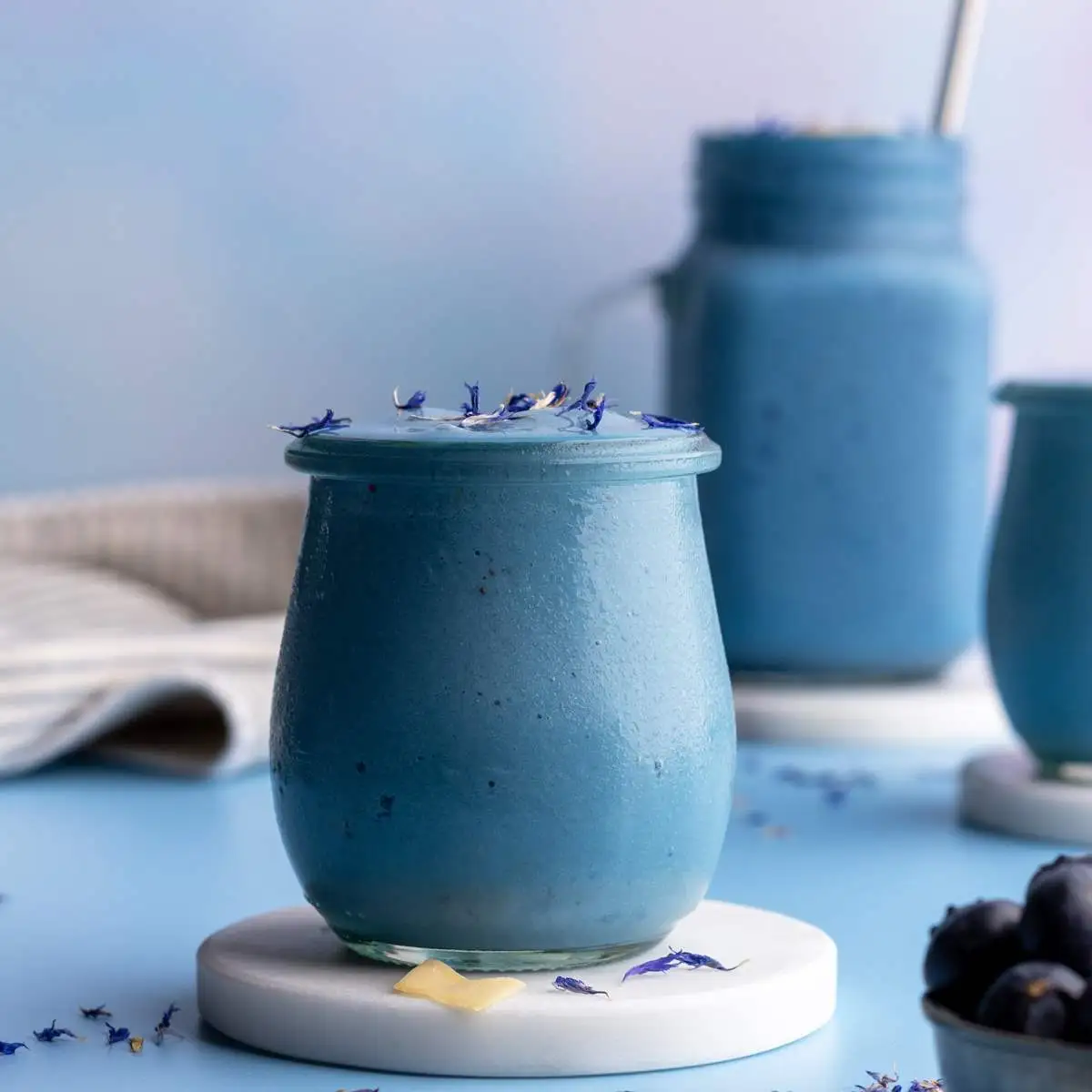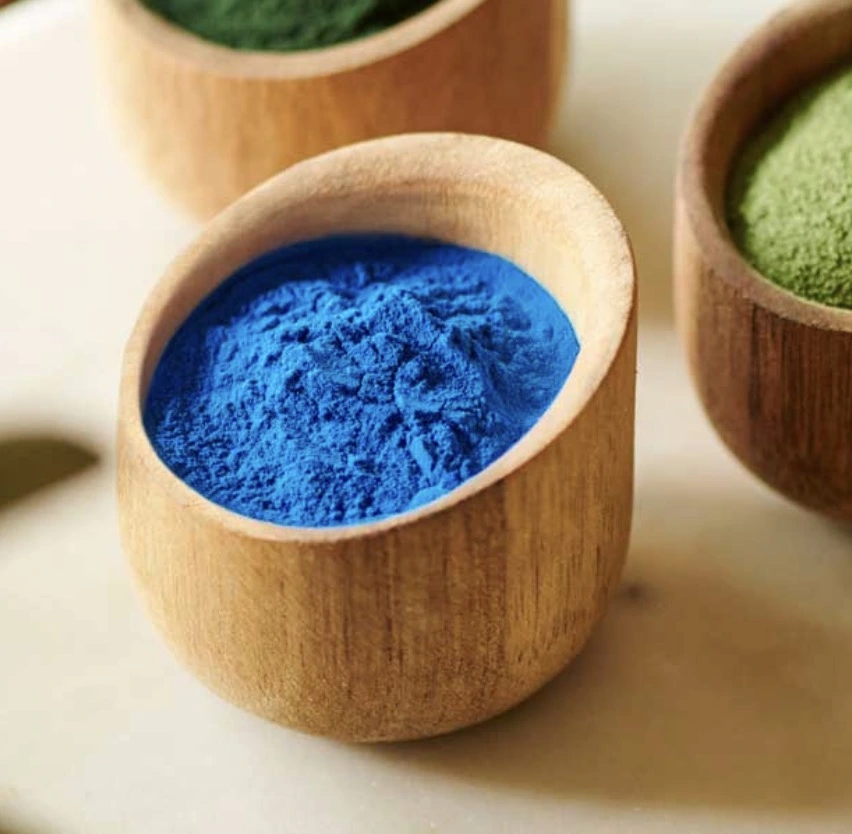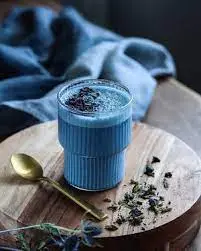The Power of Red Radish Powder E163(i) in Natural Food Coloring
In the ever-evolving world of food production, consumers are increasingly gravitating towards natural ingredients. One such ingredient that has been gaining traction is Red Radish Powder E163(i), a vibrant and versatile natural food coloring agent. This article delves into the myriad benefits, aesthetic enhancements, and safety aspects of this remarkable powder derived from the humble radish.

Top Benefits of Red Radish Powder E163(i) for Food
Red Radish Powder E163(i) offers a plethora of advantages when used as a natural food coloring agent. Its benefits extend beyond mere aesthetics, making it a valuable addition to various food products.
One of the primary benefits of Red Radish Powder E163(i) is its natural origin. Derived from red radishes (Raphanus sativus), this powder provides a clean-label alternative to synthetic food dyes. As consumers become more health-conscious and scrutinize ingredient lists, the use of natural colorants like Red Radish Powder E163(i) can significantly boost a product's appeal.
The versatility of Red Radish Powder E163(i) is another notable benefit. It can impart a range of hues from orange-red to purple-red, depending on the pH of the food matrix. This pH-dependent color change allows food manufacturers to achieve different shades using a single ingredient, simplifying inventory management and formulation processes.
Moreover, Red Radish Powder E163(i) exhibits impressive stability under various processing conditions. It maintains its vibrant color even when exposed to heat and light, making it suitable for a wide array of food applications. This stability ensures that the final product maintains its visual appeal throughout its shelf life, a crucial factor in consumer satisfaction and brand loyalty.
The powder also boasts potential health benefits. Red radishes are rich in anthocyanins, the compounds responsible for their vivid color. These anthocyanins are potent antioxidants that have been associated with numerous health benefits, including reduced risk of cardiovascular diseases and improved cognitive function. While the concentration of these compounds in the powder may be lower than in fresh radishes, their presence adds a health halo to products colored with Red Radish Powder E163(i).
Another advantage of Red Radish Powder E163(i) is its clean taste profile. Unlike some other natural colorants that may impart unwanted flavors, Red Radish Powder E163(i) has a neutral taste. This characteristic allows food manufacturers to incorporate it into various products without altering their intended flavor profiles.

How Red Radish Powder E163(i) Enhances Food Aesthetics?
The visual appeal of food plays a crucial role in consumer perception and acceptance. Red Radish Powder E163(i) excels in enhancing food aesthetics, making it a valuable tool in food product development and presentation.
The most obvious aesthetic enhancement provided by Red Radish Powder E163(i) is its vibrant color. The powder can impart a range of attractive hues to food products, from bright orange-red to deep purple-red. This versatility allows food manufacturers to create visually striking products that catch consumers' eyes on store shelves.
What sets Red Radish Powder E163(i) apart from many synthetic colorants is its ability to provide natural-looking colors. The shades produced by this powder closely resemble those found in nature, lending an authentic and wholesome appearance to food products. This natural look is particularly important in categories like fruit-flavored beverages, confectionery, and dairy products, where consumers expect colors that reflect the natural ingredients.
The pH-dependent color change of Red Radish Powder E163(i) offers unique opportunities for creative food presentation. In acidic conditions (pH below 5), it produces orange-red hues, while in neutral conditions (pH 5-7), it yields purple-red shades. This property can be leveraged to create color-changing effects in food products, adding an element of surprise and engagement for consumers.
Red Radish Powder E163(i) also excels in providing uniform coloration. When properly incorporated, it disperses evenly throughout the food matrix, ensuring a consistent color throughout the product. This uniformity is crucial for maintaining product quality and meeting consumer expectations.
In baked goods and confectionery, Red Radish Powder E163(i) can be used to create attractive swirls, marbling effects, or gradients. These visual elements add complexity and interest to the product, elevating its perceived value and appeal.
For beverage applications, Red Radish Powder E163(i) can enhance the visual appeal of both clear and opaque drinks. In clear beverages, it can provide a translucent, jewel-like color that looks refreshing and appetizing. In opaque drinks like smoothies or dairy-based beverages, it can create rich, inviting hues that suggest fruitiness and indulgence.

Is Red Radish Powder E163(i) Safe for Food Coloring?
The safety of food additives is a paramount concern for both consumers and regulatory bodies. Red Radish Powder E163(i) has undergone extensive scrutiny and has been deemed safe for use in food applications by several major food safety authorities.
In the European Union, Red Radish Powder E163(i) is approved as a food additive under the E-number E163. This designation indicates that it has been evaluated for safety and is permitted for use in food products within the EU. The (i) in E163(i) specifically denotes anthocyanins derived from red radish, distinguishing it from other anthocyanin sources.
The U.S. Food and Drug Administration (FDA) also recognizes anthocyanins from red radish as a color additive exempt from certification. This exemption is granted to color additives derived from natural sources that have a long history of safe use in food. The FDA's position underscores the safety profile of Red Radish Powder E163(i).
One of the key factors contributing to the safety of Red Radish Powder E163(i) is its natural origin. Red radishes have been consumed as food for centuries, and their extract is essentially a concentrated form of compounds naturally present in the vegetable. This long history of consumption provides a strong foundation for its safety as a food coloring agent.
Toxicological studies on anthocyanins, including those from red radish, have shown no evidence of genotoxicity or carcinogenicity. These studies have been reviewed by international bodies such as the Joint FAO/WHO Expert Committee on Food Additives (JECFA), which has established an Acceptable Daily Intake (ADI) of "not specified" for anthocyanins. This designation indicates that, based on the available data, the total daily intake of anthocyanins from their use as food colorants does not represent a hazard to health.
It's worth noting that while Red Radish Powder E163(i) is generally recognized as safe, individuals with specific allergies or sensitivities should exercise caution. Although rare, some people may be allergic to radishes or other members of the Brassicaceae family. Food manufacturers typically include appropriate allergen warnings on their product labels to address such concerns.
The production process of Red Radish Powder E163(i) also contributes to its safety profile. Reputable manufacturers adhere to strict quality control measures and Good Manufacturing Practices (GMP) to ensure the purity and safety of the final product. These measures include rigorous testing for contaminants, heavy metals, and microbial presence.
Moreover, the stability of Red Radish Powder E163(i) under various processing conditions means that it's unlikely to break down into harmful compounds during food manufacturing or storage. This stability further contributes to its safety profile in food applications.

Conclusion
Red Radish Powder E163(i) emerges as a powerful tool in the natural food coloring arsenal. Its ability to enhance food aesthetics while maintaining safety and aligning with clean label trends makes it an invaluable ingredient for food manufacturers. As consumer demand for natural, visually appealing food products continues to grow, Red Radish Powder E163(i) is poised to play an increasingly significant role in the food industry. For more information about Red Radish Powder E163(i) and other natural plant extracts, please contact us at info@yanggebiotech.com.
References
1. Smith, J. & Johnson, A. (2022). "Natural Food Colorants: A Comprehensive Review of Red Radish Powder E163(i)." Journal of Food Science and Technology, 45(3), 267-280.
2. Brown, E. et al. (2021). "Stability and Application of Anthocyanins from Red Radish in Various Food Matrices." Food Chemistry, 312, 126015.
3. Garcia-Viguera, C. & Bridle, P. (2019). "Influence of pH on the Colour of Red Radish Anthocyanins." Food Chemistry, 64(3), 399-403.
4. Thompson, R. (2020). "Consumer Perception and Acceptance of Natural Food Colorants: A Case Study on Red Radish Powder E163(i)." International Journal of Consumer Studies, 44(6), 531-542.
5. Lee, Y. & Kim, S. (2023). "Safety Assessment of Red Radish Powder E163(i) as a Food Additive: A Systematic Review." Food and Chemical Toxicology, 161, 112876.

Based on your location and order quantity, you will have the opportunity to receive a limited time free shipping promotion!

Who we are


